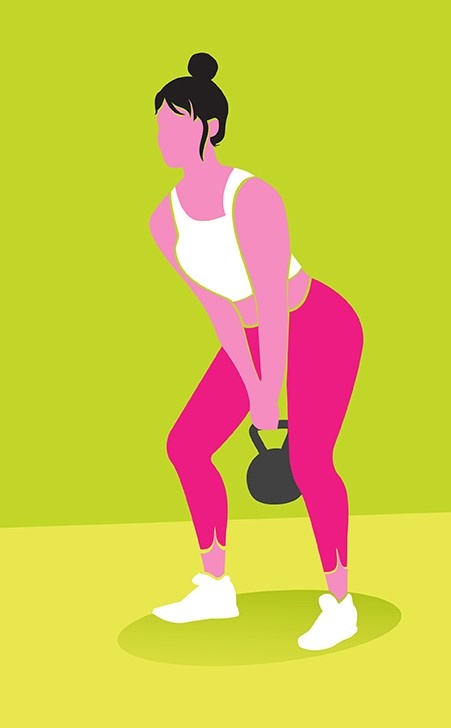What does "Toning" Really Mean?
- Posted on

Here is the scope behind toning - what it really means, how to best tone, and what the difference is between toning and bulking.
What Does "Toning" Really Mean?
All of us want to "tone" our muscles to achieve a cut, fit look. But what exactly is "toning"? Let me clarify a little: The word "toning" has nothing to do with the size of a particular muscle; it refers rather to making a muscle lean by burning intramuscular fat and conditioning the muscle for better performance. You can't actually build muscle mass unless you're eating more calories than you're burning, but you can tone a muscle to make it leaner. To tone your muscles, you should weight-train four days a week, working each muscle group twice a week. After you work a particular muscle group, you should give it two days of rest before you focus on it again.
Here's a sample toning program that works each muscle group without overdoing it:
Monday: Work the chest, shoulders, triceps, quads, upper abs, obliques.
Tuesday: Work the back, biceps, hamstrings, glutes, lower abs.
Wednesday: Rest.
Thursday: Work the chest, shoulders, triceps, quads, upper abs, obliques.
Friday: Work the back, biceps, hamstrings, glutes, lower abs.
Saturday: Rest.
Sunday: Do a cardio-only workout.
Remember: Exercise is the architect, but recovery is the builder. You must give your body adequate recovery time to heal itself and grow stronger. If you work out too often without resting, you'll just break your muscles down.
Afraid of Bulk?
Women always tell me that they feel hesitant about toning exercises that require weights because they're afraid of building bulky muscles. Hear me out, ladies: It's extremely difficult for women to gain muscle mass simply by doing toning exercises — we don't have the testosterone that guys do that lets them build mass. Using weights to tone your muscles will make you look trim and terrific, not big and bulky.
To determine your target heart rate, you should first figure out your maximum heart rate (MHR). This is done by subtracting your age from 220. For example, if you're 32, check it out: 220 – 32 = 188 (so now you know your MHR is 188). Then take 85 percent of 188, which gives you 160, so that's your target heart rate — the ideal number of times your heart should beat in one minute when I'm training. The easiest way to keep track of your heart rate is by wearing a heart rate monitor. If you don't want to spring for one, no problem — just find your pulse, either on your wrist or on your neck (usually right next to your larynx), count the number of times your heart beats in 6 seconds, and then multiply that number by 10.
That said, it's pretty tough to keep your heart rate at 85 percent, so don't be discouraged if you can't at first. Work your way up to it. There will also be times when your heart rate will reach 100 percent of your MHR — if this happens, don't worry. It's not unhealthy, it's just VERY difficult to sustain over 45 to 60 minutes of cardio — which is why 85 percent is the magic number for cardio training.
Want more information on training to tone? Call Energy Health Centre and ask for a free 15-minute appointment with nutritionist Toni! 817-421-2922Colleyville or 817-927-5111 Fort Worth
